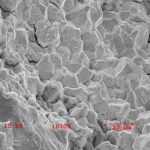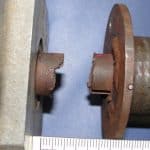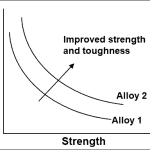
Product Validation Testing is a critical and expensive endeavor. The part build process must align with the latest prototype process (for Design Validation (DV)) or production process (for Product Validation (PV)) and be fully documented for posterity. Depending on the product and application, the validation test plan consists of a battery of tests, some of which are lengthy – often six months or more. Because of this, DV and PV test plans are invariably on the critical path for a customer program. Test failures that require fixing the design and repeating DV or PV jeopardize project timing and company profits. Further, they jeopardize the customer program along with your company’s reputation.
[Read more…]










